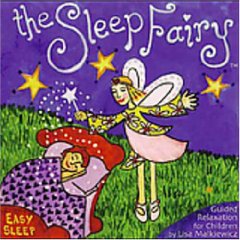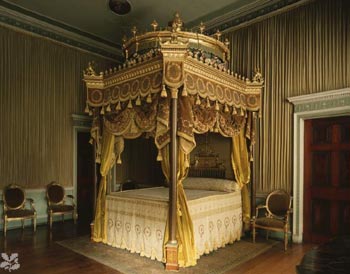|
|
||
|
Posted on 12/07/2010 6:14:33 PM PST by Kathy in Alaska
|
|
||
|
okay..
This time i really AM leaving!
Good to see you, BB!
*HUG*
Well, it would for me...lol.

Jeezz... who is this clown?
*HUG*
Bye bye!
I make baklava and a very small piece goes a very long way!
Sleep well!
yes, I know..
LOVE it, though!
LOL
I love it but a tiny bit will do.
It is SO SWEET!

Good night and rest well, ms b...*HUGS*
Thanks for all you do for our troops.
![]()

I see you’re home safe and sound! :)


Just made it....had to help my Dad with his computer. Now I can play for a bit.
73
Good evening, Taz...((HUGS))...how are things going leading up to the busy holiday season? Do you get double the “cases”?
Via Louise Ramsey Moreau, W3WRE and Charles A. Wimer KC8EHA
The following is from Louise Ramsey Moreau, W3WRE: “The traditional expression “73” goes right back to the beginning of the landline telegraph days. It is found in some of the earliest editions of the numerical codes, each with a different definition, but each with the same idea in mind - it indicated that the end, or signature, was coming up. But there are no data to prove that any of these were used.
“The first authentic use of 73 is in the publication The National Telegraphic Review and Operators’ Guide, first published in April 1857. At that time, 73 meant “My love to you”! Succeeding issues of this publication continued to use this definition of the term. Curiously enough, some of the other numerals used then had the same definition as they have now, but within a short time, the use of 73 began to change. “In the National Telegraph Convention, the numeral was changed from the Valentine-type sentiment to a vague sign of fraternalism. Here, 73 was a greeting, a friendly “word” between operators and it was so used on all wires.
“In 1859, the Western Union Company set up the standard “92 Code.” A list of numerals from one to 92 was compiled to indicate a series of prepared phrases for use by the operators on the wires. Here, in the 92 Code, 73 changes from a fraternal sign to a very flowery “accept my compliments,”which was in keeping with the florid language of that era. “Over the years from 1859 to 1900, the many manuals of telegraphy show variations of this meaning. Dodge’s The Telegraph Instructor shows it merely as “compliments.” The Twentieth Century Manual of Railways and Commercial Telegraphy defines it two ways, one listing as “my compliments to you”; but in the glossary of abbreviations it is merely “compliments.”
Theodore A. Edison’s Telegraphy Self-Taught shows a return of “accept my compliments.” By 1908, however, a later edition of the Dodge Manual gives us today’s definition of “best regards” with a backward look at the older meaning in another part of the work where it also lists it as “compliments.”
Editor Note — Dodge’s “The Telegraph Instructor” can be found at URL: http://artifaxbooks.com/afxrare/dodge.htm
“Best regards” has remained ever since as the “put-it-down-in-black-and-white” meaning of 73 but it has acquired overtones of much warmer meaning. Today, amateurs use it more in the manner that James Reid had intended that it be used - a “friendly word between operators.” I hope that this helps you in some way....
73, Charles A. Wimer Amateur Radio Call: KC8EHA Assistant Emergency Coordinator, Trumbull County (OH) ARRL Official Emergency Station (OH)
![]()
☺

I miss Brian.
Code is a bit of fun.
You are the only one left.
Have a most wonderful tomorrow!
G'night! *HUGS* around!
Disclaimer: Opinions posted on Free Republic are those of the individual posters and do not necessarily represent the opinion of Free Republic or its management. All materials posted herein are protected by copyright law and the exemption for fair use of copyrighted works.